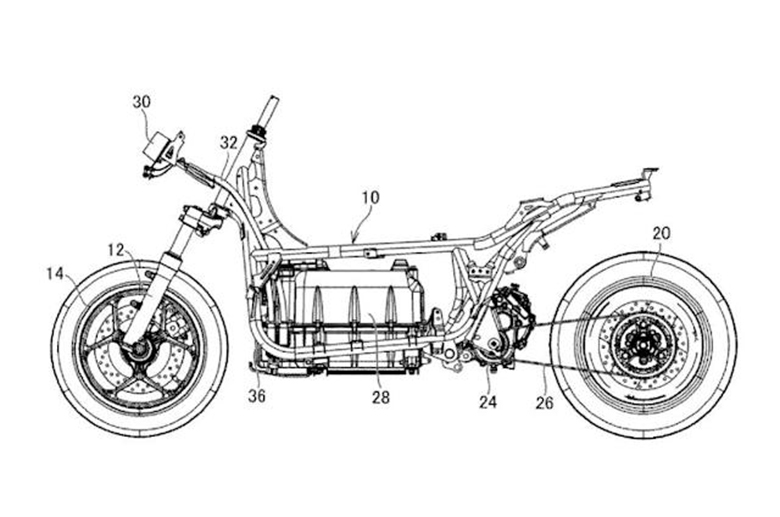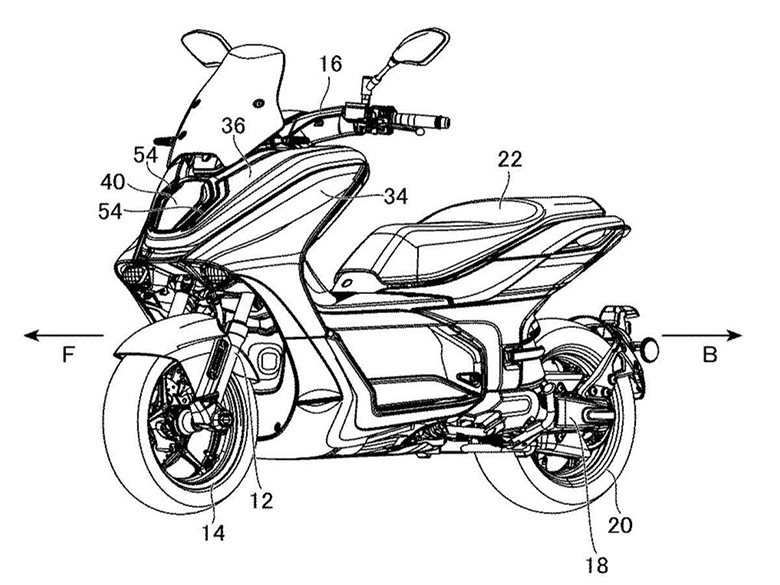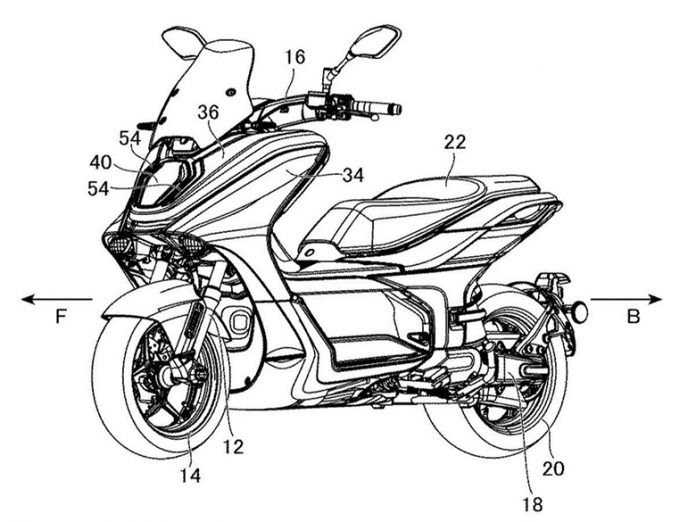While Yamaha’s showrooms have often featured electric prototype bikes, the company’s showrooms have remained dominated by gas-powered machines. The firm is now on the verge of bringing one of its battery-powered concepts, the E01 scooter, into development.
The E01, which was unveiled as a prototype at the 2019 Tokyo Motor Show, is meant to substitute for a 125cc scooter. It means it will most likely have a rated power output of about 11kW (15 hp) to comply with learner laws in Europe and elsewhere that restrict riders to that much before passing their riding tests. However, since EV bikes are ranked by their “continuous” power outputs, which are the levels they can achieve without overheating for an indefinite amount of time, most have considerably higher “peak” power levels, often about twice as much as the rated continuous level.
Because of these results, the E01 is a significant step up from Yamaha’s previous electric scooter offerings, such as the Passol, EC-02, EC-03, and EC-05.

While the 2019 E01 mainly was a prototype bike, it is now clear that a production model is on the way. Yamaha filed patent applications for the “E01” brand earlier this year, specifically for “electric bikes and parts and fittings thereof,” indicating that it intends to sell such a system. Recent Japanese patent applications show us the technologies beneath the bike’s skin and how the production version will look.
The initial idea wasn’t as outlandish as many show bikes we’ve seen, but it also had many features that wouldn’t work in real life. The whole rear end was finished in a tweedy-looking cloth that stretched up to the inner surface of the fairing, and features like the tiny mirrors and an odd sharkfin bolted to the rear fender all added to a look that was perfect for a show stand but far from appropriate for a showroom. In the recent patents, all of the impractical features have been removed, unveiling a thoroughly usable-looking battery-powered scooter.
At the front, the most noticeable improvements are the lamps, which are inspired by Yamaha’s R1, with two LED units placed in recesses under the nose. Corresponding recesses could be seen on the show bike, but they were much narrower and had deeper-set rectangular lights. The section above that seems to be a single big headlamp is none of the sorts. It’s an opening hatch that allows entry to the bike’s charging port—following the increasingly prevalent practice found with electric cars of putting the socket on the nose, making it easier to park front-in at fast-charging stations. LED marker lights circle the opening, giving the E01 a distinct look when in operation. When the bike is plugged in, it can also provide a visual indicator of the state of charge from a distance.

Moving back, the fabric-covered rear end has been replaced by a much more traditional configuration that includes an adjustable seat over standard plastic bodywork that conceals the bike’s storage compartment.
The main central area of the E01 is loaded with a big battery, so there isn’t as much room as you would think. The tank, as on the BMW C evolution, lies lengthwise between the rider’s thighs, but although the E01 is a scooter, it’s not a “step-through” in form. The battery is a lithium-ion device. Despite Yamaha’s collaboration with Honda, Suzuki, and Kawasaki to develop a standardized specification for swappable motorcycle battery packs, the E01’s pack is not intended to be removed.
The fenders are another example of a production-oriented departure from the appearance of the E01 concept bike. The front one exposes the traditional fork rather than covering it, as the prototype bike did, and the rear one foregoes the strange sharkfin in favor of a more realistic license plate bracket and flash. The patent sketches also show the bike with legally necessary front and rear side reflectors, as well as a new back lamp feature comprised of a narrow strip of LEDs across the tail.
Both the side stand and the center stand are present, as was the case with the idea, although the designs in the patent drawings are less stylized. Similarly, the mirrors are bigger and more functional than on the prototype. The panel is higher and broader while being proud of the nose, as it was on the demonstration bike, rather than fading into the bodywork.
The new patents were filed in late 2019, coinciding with the presentation of the E01 definition, and were only recently issued by the Japanese patent office. It implies that Yamaha intended to make the E01 a real-world offering, rather than merely using the model to whet appetites while the production version was created. When will the final E01 be made public? It’s vague, but given that the Tokyo Motor Show is held every two years, it would have made sense to announce it at the 2021 event if it hadn’t been canceled due to the pandemic.
Nonetheless, the timing of the patent publication and Yamaha’s trademark filing suggests that the company intends to announce the launch of E01 before the end of this year or early in 2022.

